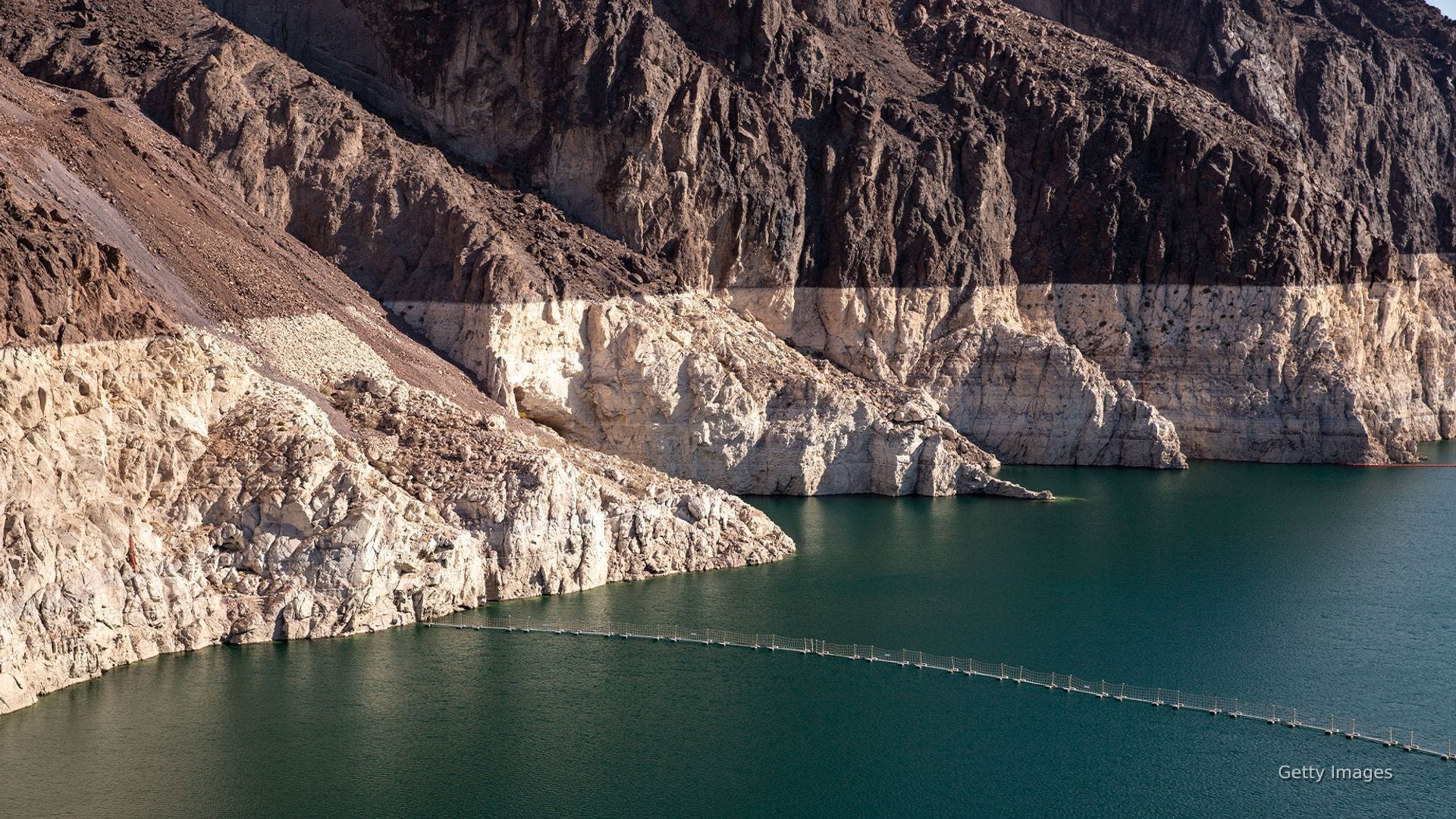Water crisis in West still looms as Lakes Mead and Powell only 35% full

Last week's rain and floods in California may soon give way to concerns about drought in the West as spring kicks off the region's dry season.
This year's storms won't erase looming drought worries across the entire southwestern U.S., experts fear. Of particular concern are the giant reservoirs of the Colorado River basin, Lakes Mead and Powell, which remain far below capacity.
Colorado State climatologist Russ Schumacher told Paste BN Wednesday that "because of the warm, dry conditions over the last couple of decades, which have been made worse by a warming climate, and also because of high demand for water in the region, the two big reservoirs on the Colorado River (Lakes Mead and Powell) are still very low compared to their historical levels."
How are Lakes Mead and Powell doing?
Lakes Mead and Powell, which provide the water that 40 million Americans depend on, are now only about 35% full, climatologist Brian Fuchs of the National Drought Mitigation Center said.
Additionally, he said that while "Powell and Mead are in slightly better shape than a few years ago when they were at record lows and it really was a crisis situation, they are still only holding about half of the water compared to the average over the last 40 years."
Fuchs also said that there is a lot of storage capacity available in the reservoirs, and that "Mother Nature needs to help do her part, too."
Recent storm helped
The recent wet conditions over California allowed for some improvements and eased some of the state's drought conditions, Thursday's U.S. Drought Monitor said.
Schumacher also said the mountain snowpack in the Upper Colorado River basin (the area upstream of Lake Powell) did see a nice boost from the recent storm: It had been at about 82% of average as of last week, but is now up to 94% of average, he said.
Snowpack is key for water for the West: "Most of the water for the Colorado River originates from mountain snow," Schumacher said.
Snow drought in the Southwest
However, the Lower Colorado River basin snowpack is still extremely low, and a "snow drought" has been declared in many states: "Exceptional snow drought persists in the Southwest (Arizona, Colorado, Nevada, New Mexico, Utah) as a result of record dry conditions," according to Drought.gov.
Snowpack there had been record low before the recent storm, which gave it a slight boost, but only to 35% of average, Schumacher said. The U.S. Drought Monitor continues to show moderate to extreme drought over much of the Colorado River basin, with worse conditions the farther southwest you go.
Overall, he said precipitation for this water year (which started Oct. 1) is well below average over the Southwest. Many locations in the region have been near-record dry since October.
Looking ahead
The Colorado River Basin Forecast Center’s recent forecast is for only 70% of the average flow into Lake Powell this spring and summer, according to Schumacher.
He added that the medium-range forecast shows an extended period of warm and dry conditions into early March, "so unless the pattern changes to bring some huge snowstorms in the spring, it’s likely to be another year with very low flows on the Colorado River."